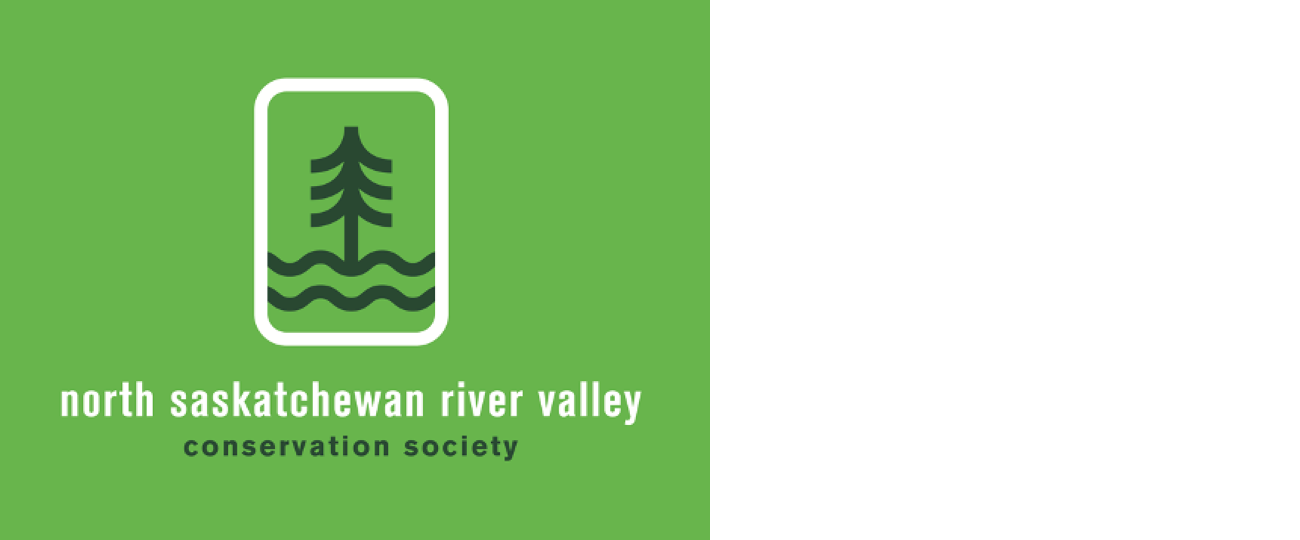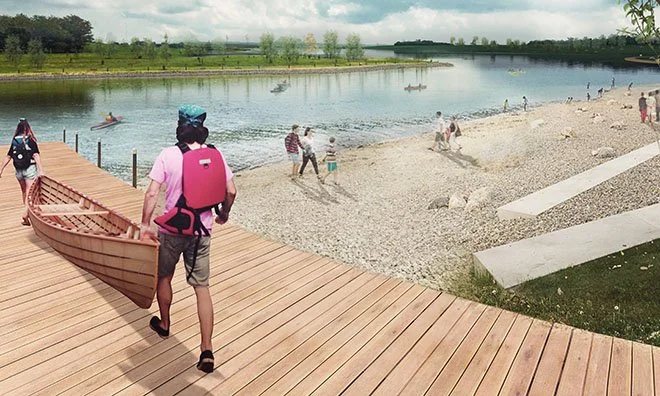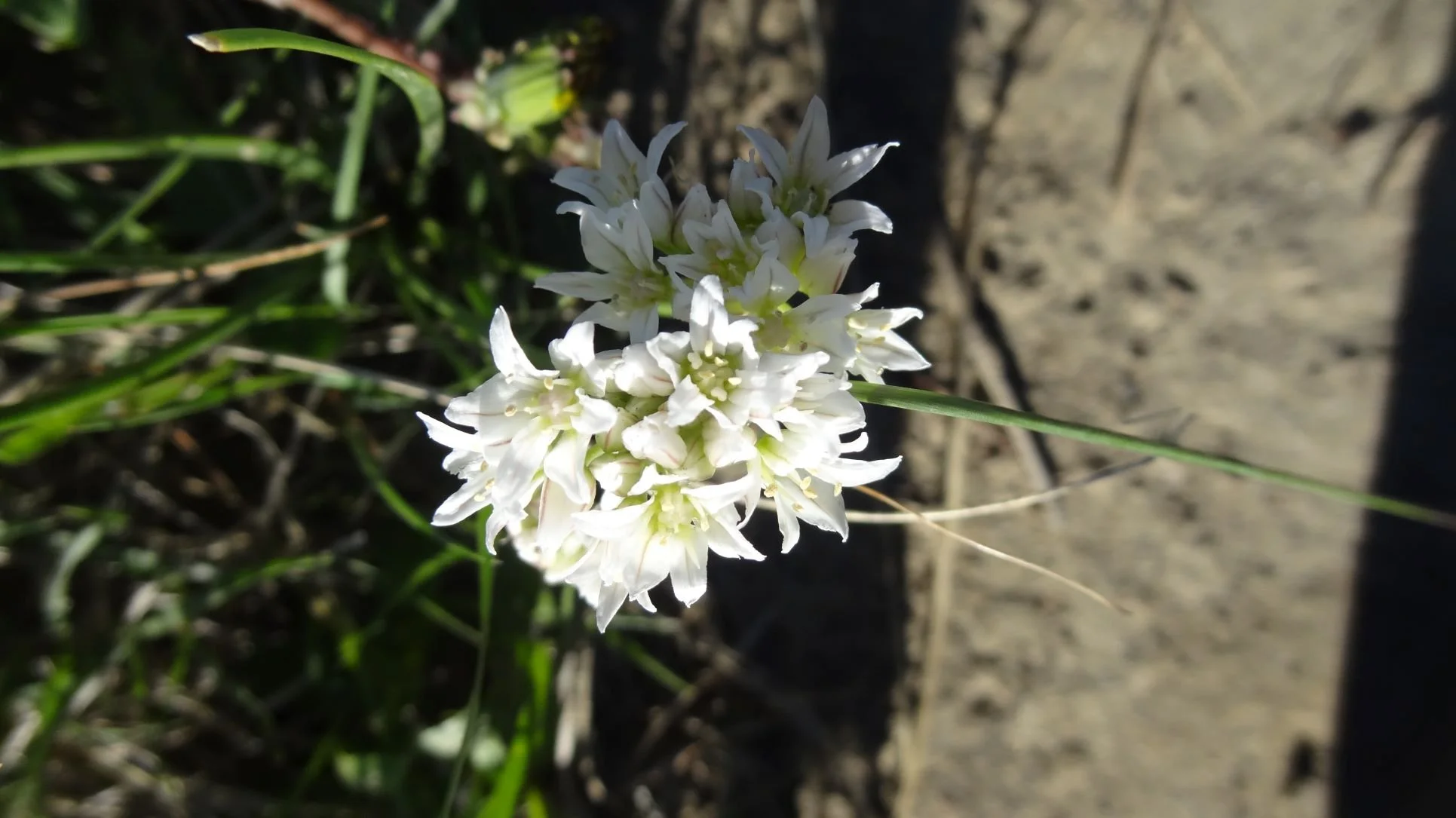The health of a river is influenced by what is happening on land
Linda Hoang photo
How healthy is the North Saskatchewan watershed? The North Saskatchewan River begins in the icefields of Banff National Park and continues across Alberta and into Saskatchewan. In Alberta, the North Saskatchewan watershed includes around 55,000 square kilometres of land.
Like many aspects of our environment, watersheds are vulnerable to human activity, from irrigating crops to building cities, that impacts how the land around it is being used. So how healthy is the North Saskatchewan watershed? And what does its future look like?
Of the roughly 1.7 million people who live in the North Saskatchewan watershed, around 1.5 million live in or around Alberta's capital. And while Edmonton's land area is small when compared to the watershed on a whole, urban environments, including small cities in Alberta and Saskatchewan, still have a significant impact with regard to water quality and land use. Details at https://www.cbc.ca/news/canada/edmonton/north-saskatchewan-watershed-climate-change-1.6774729
Staying safe and living with urban wildlife
Gerald Romanchuk photo
Many wild animals make great neighbours for humans. They eat pests like mice and insects and contribute to the biodiversity of our green spaces. But you still have to take precautions around wildlife, even in urban settings.
Keep your dog on a leash. An animal being barked at or chased by a dog might dart into traffic or try to defend itself by attacking your pet. Keep your cats indoors. They are easy prey for coyotes and foxes and keeping your cats inside will ensure the safety of the local bird population. It is estimated that domestic and feral cats kill between 100 and 350 million songbirds each year.
Remove food and shelter that attracts wildlife to your property. Keep your yard clean of pet foods, bird seed, fallen fruit and berries that can serve as a food source for wildlife. Potential shelter, such as spaces under decks, patios and outbuildings, should be closed off with durable wire mesh.
Children should be taught to make safe decisions and respect wildlife by never feeding or approaching wildlife, not running away when they see coyotes or foxes, putting garbage into garbage cans, and keeping pets leashed and supervised. Tips at https://www.ealt.ca/blog/fun-facts-staying-safe-around-large-mammals
Healthy forests are gifts that keep on giving
Have you ever been in the forest and felt a sense of peace? If so, then you know the importance of the forest to human health. But the forest is more than just a place to get away from it all; it is a vital ecosystem.
A healthy forest, like our river valley, provides many benefits to both humans and wildlife. A healthy forest provides habitat for wildlife, cleans the air and filters water. Home to a variety of species, forests play a critical role in sequestering carbon dioxide from the atmosphere to slow the pace of climate change. Forests are integral parts of our planet.
Not all healthy forests look the same because there are many different types of forest. But picture this: Healthy forests have trees of mixed age and dead trees, which provide habitat for countless species, from woodpeckers to fungi. As well, a healthy forest can look like one that has few invasive species.
As these trees decompose, they release nutrients back into the soil. A forest containing mixed-aged and dead trees is a great way to recognize a healthy forest. Having a variety of different tree species also make forests more resilient. More at https://www.natureconservancy.ca/en/blog/healthy-forests-are-gifts.html
Nature-based solutions for successful river valley zoning
Margriet writes “I enjoyed reading and fully support the recommendations in this article. Last year I suggested to the City that the open area next to the outlet of the Whitemud Creek into the North Saskatchewan River off Keillor road be transformed into a native plant habitat; trees, shrubs, grasses, and flowers. The Edmonton Queen river boat occupied this place for several years while repairs were made to it and currently there is just grass.”
All parts of this native wild onion are edible, including its flowers
Mike emailed “In your latest River Valley News, you put the native wild onion Allium textile in the spotlight. Just wanted to mention that some studies https://www.ccsenet.org/journal/index.php/sar/article/view/14542 have shown that growing Allium as an intercrop companion to brassicates, especially cabbage, can reduce the numbers of pests that feed on the brassicates, particularly reducing aphid numbers.”
Bunchberry Meadows closed April 3 - May 23
Bunchberry Meadows will temporarily be closed April 3 - May 23. April and May are an important time for plants and wildlife on the property. Birds are migrating and nesting, and ungulates are calving, making them sensitive to disturbance.
Edmonton & Area Land Trust owns Bunchberry Meadows in partnership with the Nature Conservancy of Canada and has worked since 2016 to steward the land in perpetuity, for the benefit of all people and wildlife. Learn more at https://www.ealt.ca/bunchberry-meadows
Comment or contribution
Please note that articles may not reflect the position of NSRVCS. River Valley News is meant to be a clearinghouse for the wide variety of opinions and ideas about Edmonton’s River Valley. Email river valley photos, event information, comments, or questions to nsrivervalley@gmail.com
Sincerely yours,
Harvey Voogd
North Saskatchewan River Valley Conservation Society
780.691.1712

















